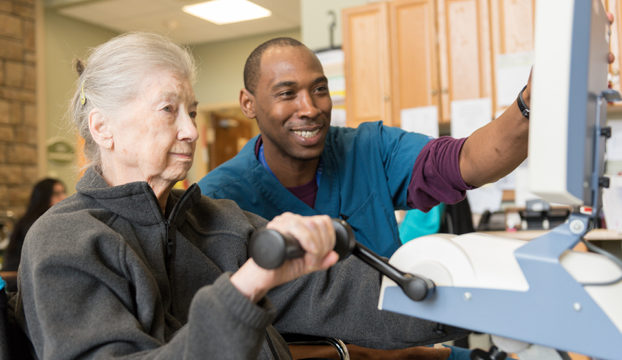
Persistent discomfort affects numerous of individuals worldwide and can substantially diminish the standard of living. It can result from multiple conditions, such as joint inflammation, chronic pain syndrome, or prior traumas. While medications and treatments are commonly employed to manage pain, a growing body of studies indicates that physical activity can play a vital role in alleviating chronic pain. Engaging in consistent physical activity can not only assist reduce pain intensity but also improve overall health and functionality. Comprehending how exercise impacts the physical state can empower patients to take control of their pain relief.
Physical activity has several bodily benefits that can aid alleviate chronic pain. When individuals participate in exercise activities, their systems produce endorphins, which are innate pain-killers. Additionally, exercise can improve blood flow and fortify muscles, providing superior support for articulations. For those with issues like arthritis, low-impact exercises such as swimming or cycling can help maintain joint flexibility without placing excessive strain on the system. Consistent exercise also assists in preserving a fit weight, which can lessen the pressure on load-bearing joints and additionally ease pain.
In furthermore to its physical benefits, exercise has a positive impact on mental health. Chronic pain can often lead to feelings of anxiety and depression, which can worsen the experience of pain. Participating in consistent physical activity can help combat these feelings by boosting self-esteem and improving mood. Group exercises, such as yoga or pilates, also provide social interaction, which can improve emotional backing. This mixture of bodily and emotional health benefits makes exercise an essential component of a comprehensive see it here pain management strategy.
It is important to approach exercise with care, especially for those dealing with chronic pain. Starting slowly is crucial to prevent worsening symptoms. Patients should think about seeking advice from healthcare professionals to develop a personalized exercise plan that considers into consideration their particular conditions and limitations. Activities such as stretching, walking, or gentle yoga can be great initial points. Slowly increasing the intensity and length of sessions can assist build strength and endurance without causing undue stress on the body.
In conclusion, harnessing the benefits of exercise can substantially reduce chronic pain and enhance quality of life. Regular physical activity not only helps to reduce pain through the release of endorphins and enhanced muscle strength but also promotes mental well-being. By incorporating exercise into daily routines, patients can enable themselves in controlling their pain. A careful and informed approach to exercise, directed by healthcare experts, can lead to lasting improvements in health and overall standard of life.